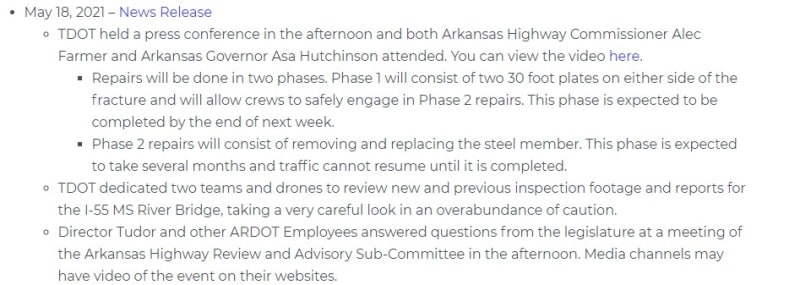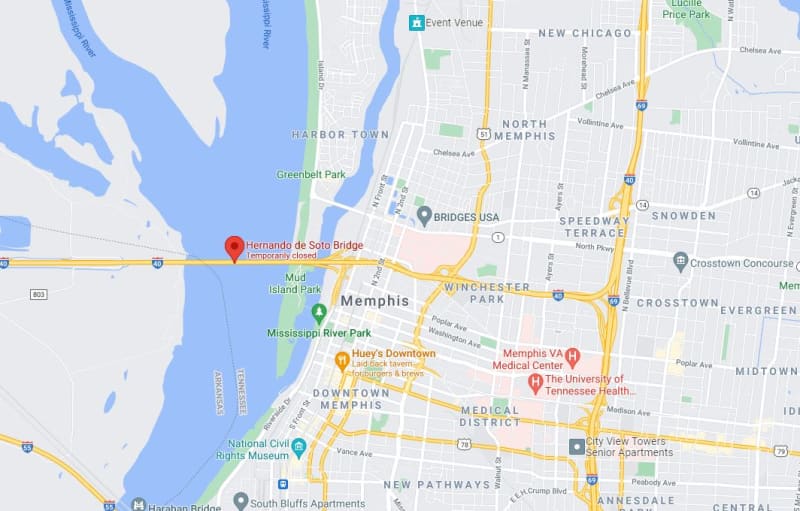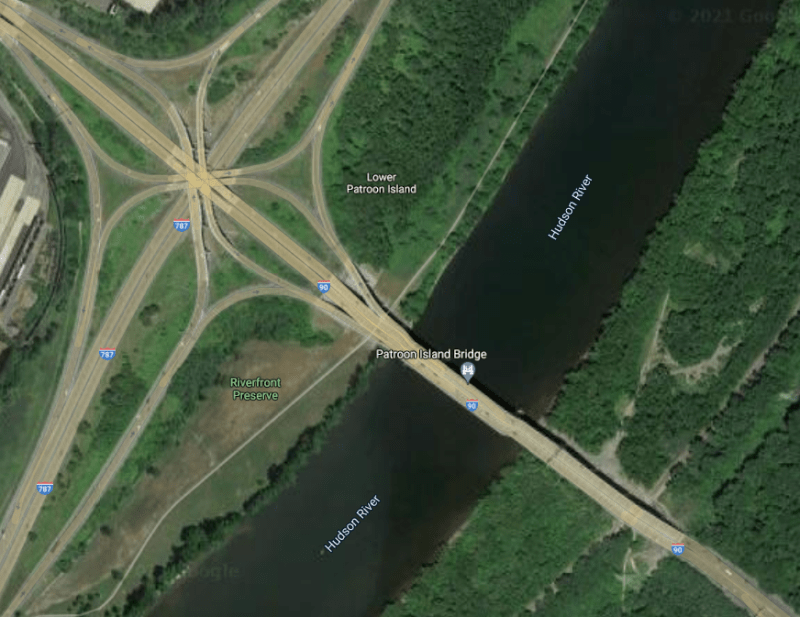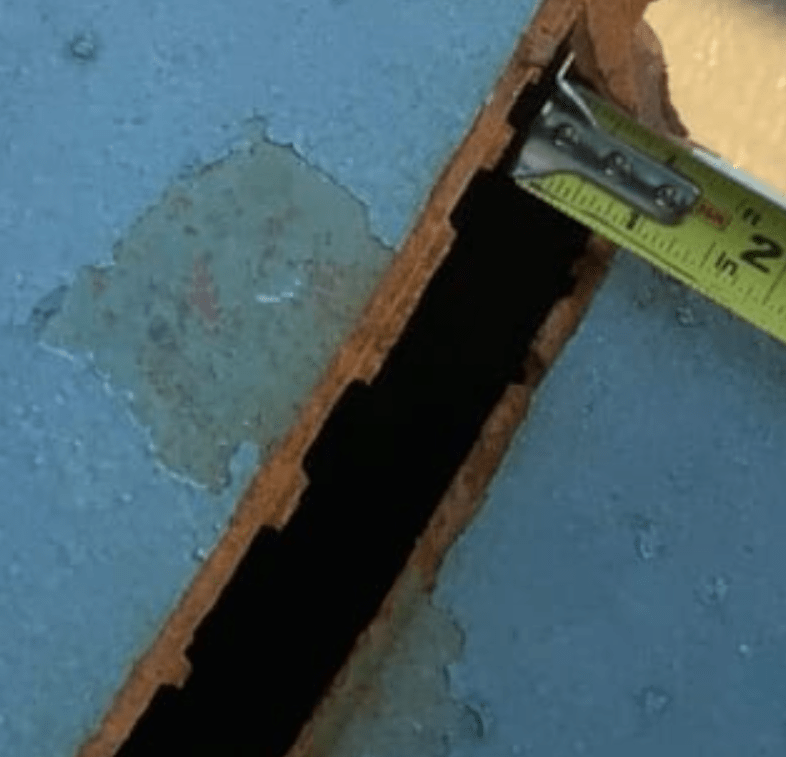-
1
- #1
human909
Structural
- Mar 19, 2018
- 2,112
Some pretty serious looking issues here.
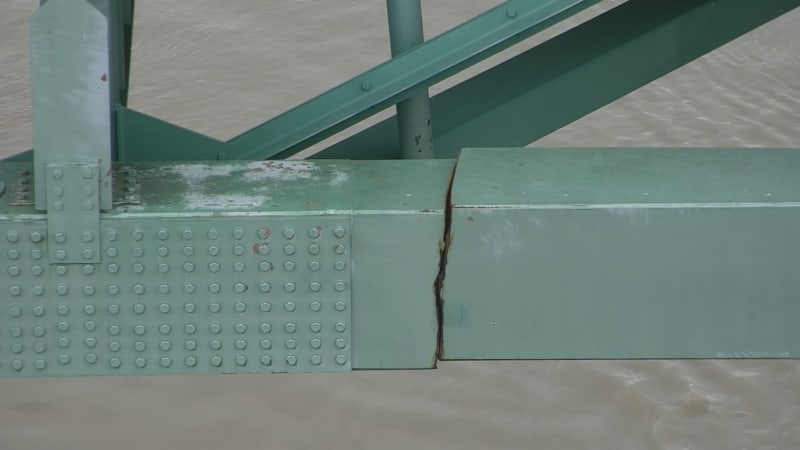
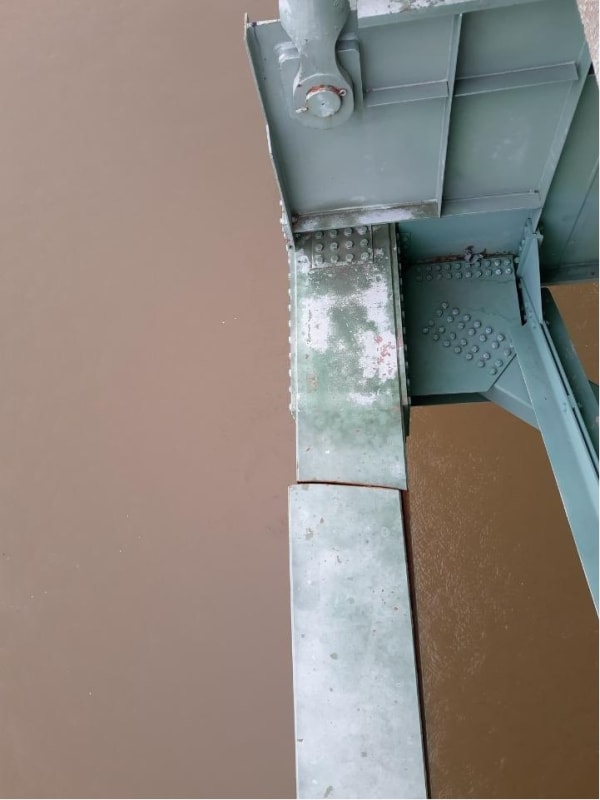
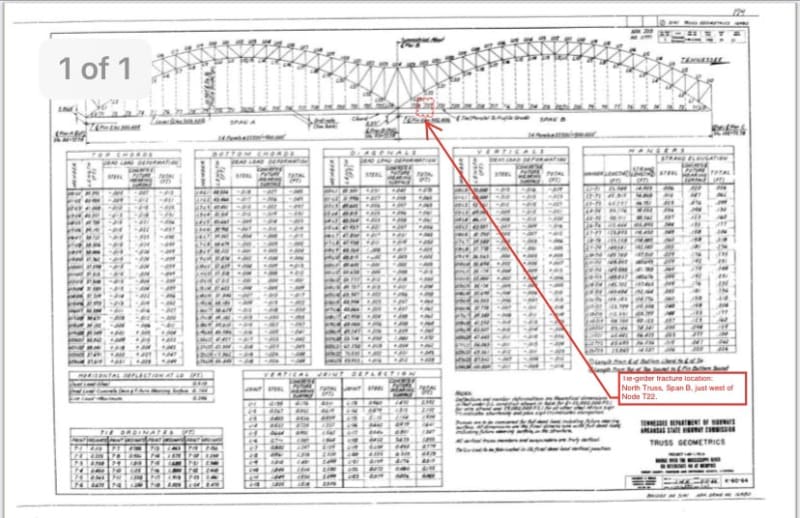



Follow along with the video below to see how to install our site as a web app on your home screen.
Note: This feature may not be available in some browsers.
[URL unfurl="true" said:https://www.tn.gov/tdot/news/2021/5/17/tdot-awards-contract-on-the-i-40-hernando-desoto-bridge-repair.html[/URL]]We now have a webpage dedicated to the bridge repair: You can also follow @myTDOT on social media for the latest.

